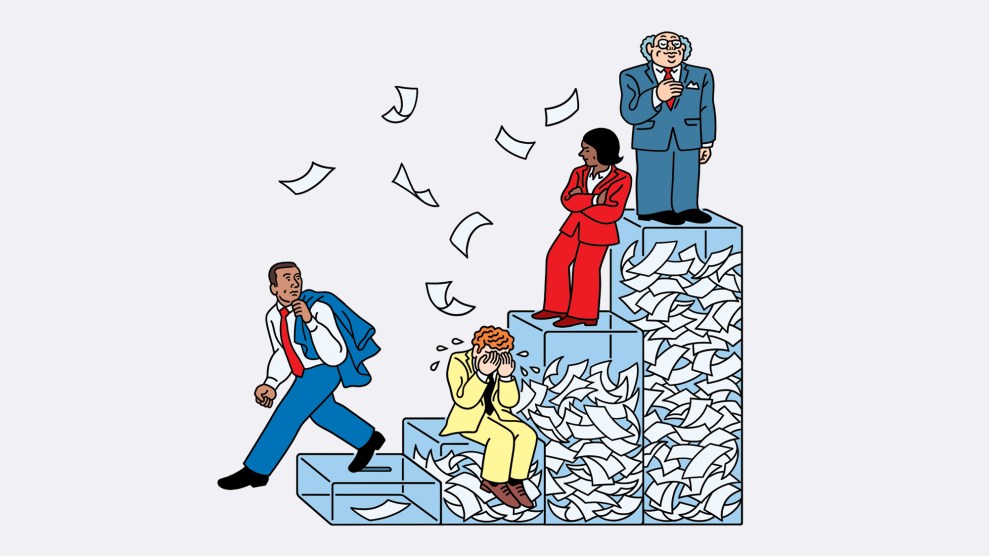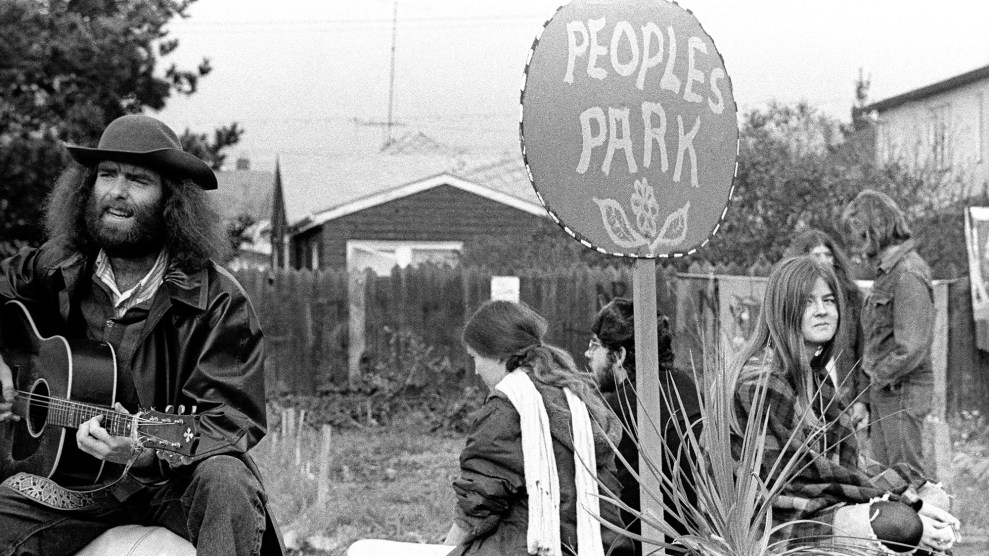Are Americans overworked? Almost certainly. But could they possibly have more leisure time than they have in decades past? Possibly, according to a new study by Boston’s Federal Reserve Board, as written up by a byline-less writer in the Economist:
In fact, most of the official numbers have shown that American toil has not changed that much over the past few decades. Americans may put in longer hours at the office than other countries, but that is because average hours in the workplace in other rich countries have dropped sharply. In America, official studies tend to show women working more and men less, but the average working week has been fairly constant. …
Messrs Aguiar and Hurst think that the hours spent at your employer’s are too narrow a definition of work. Americans also spend lots of time shopping, cooking, running errands and keeping house. These chores are among the main reasons why people say they are so overstretched (especially working women with children).
However, Messrs Aguiar and Hurst show that Americans actually spend much less time doing them than they did 40 years ago. There has been a revolution in the household economy. Appliances, home delivery, the internet, 24-hour shopping, and more varied and affordable domestic services have increased flexibility and freed up people’s time.
That’s all very interesting, and three (genuine) cheers for technological advances. But the quoted bit about how “the average working week has been fairly constant” came as a surprise, so I opened my trusty State of Working America: 2004-2005 to see what they had to say about this. Indeed, it’s sort of true: according to EPI’s analysis of the CPS data, a graph of “average weekly hours” among Americans shows little upward movement between 1975 and 2002—at their peak in 2000, average weekly hours were only 3.1 percent above their 1975 level. In that sense, the average working week has remained constant.
But that figure can be misleading, says EPI. “[T]he primary factor driving the flat trend in average hours is the entry of more women into the labor force over this period. Since women are more likely to work part time, their hours worked per week lowers the average of weekly hours, despite the fact that family members are clearly spending more time in the paid labor market.” As an alternative to the workweek figure, the book graphs average annual hours worked by all families. That number is up 11 percent since 1975. And it’s up even more for middle-income families.
So while workweeks, on average, are about as long as they were in the 1970s—with men working less and women more—families as a whole seem to be working quite a bit more. Elizabeth Warren and Amelia Tyagi get into this in their excellent book, The Two-Income Trap, noting that many families, in response to the rising price of health care and property values around decent schools, are increasingly sending two earners into the workplace to keep up. And that trend seems to account, in part, for the rise in bankruptcies—so long as families are entirely dependent on two incomes, and both parents are working all the time, they have no safety net if, say, one person loses his or her job.
Also, not all reductions in workweeks are equal. According to EPI, between 2000 and 2003 the middle quintile of earners saw a 2 percent drop in real family income, in large part because of a 4.6 percent drop in hours worked. I would assume that not all of this drop was voluntary—many people either couldn’t find full-time employment, or else corporations have become increasingly adept at “managing” their employee’s time to limit the number of hours they have to be paid. McDonald’s has perfected the art of telling employees who arrive in the morning to wait around idly in the restaurant, without punching in, until customers start showing up. That’s obviously not an increase in leisure, and McDonald’s is hardly unique at this trick.















